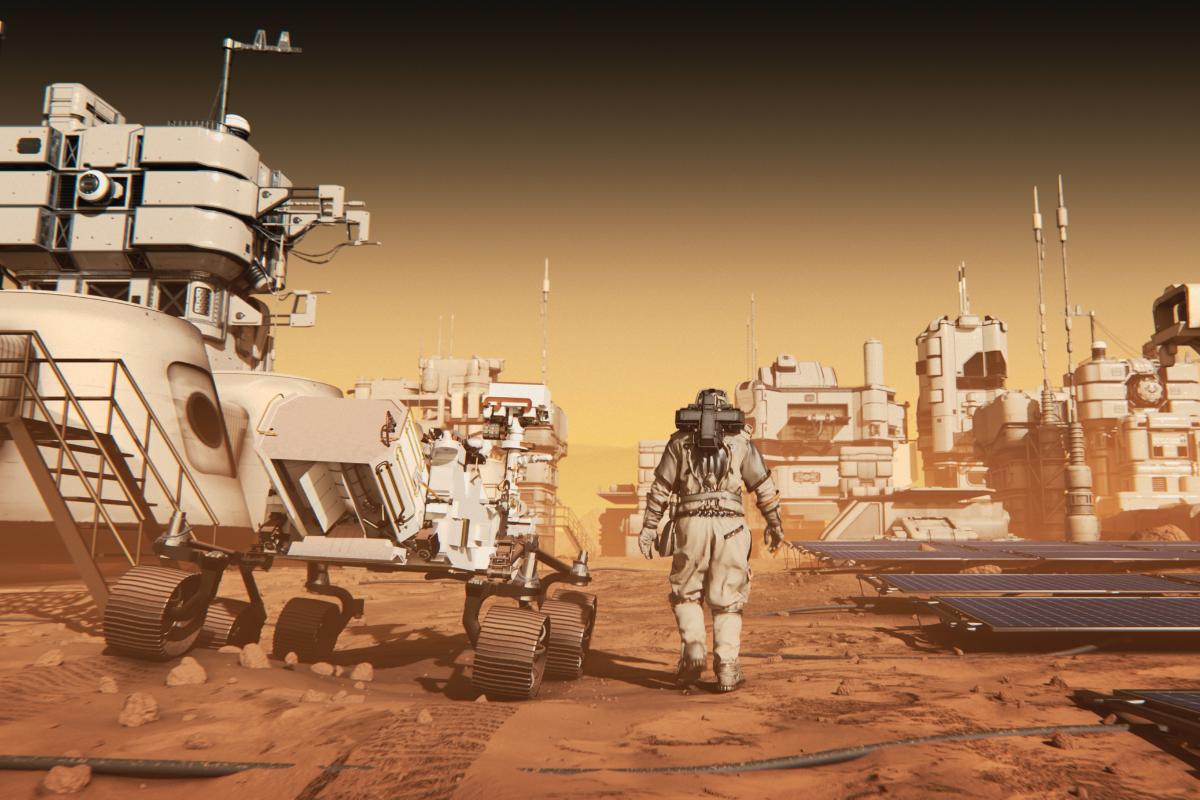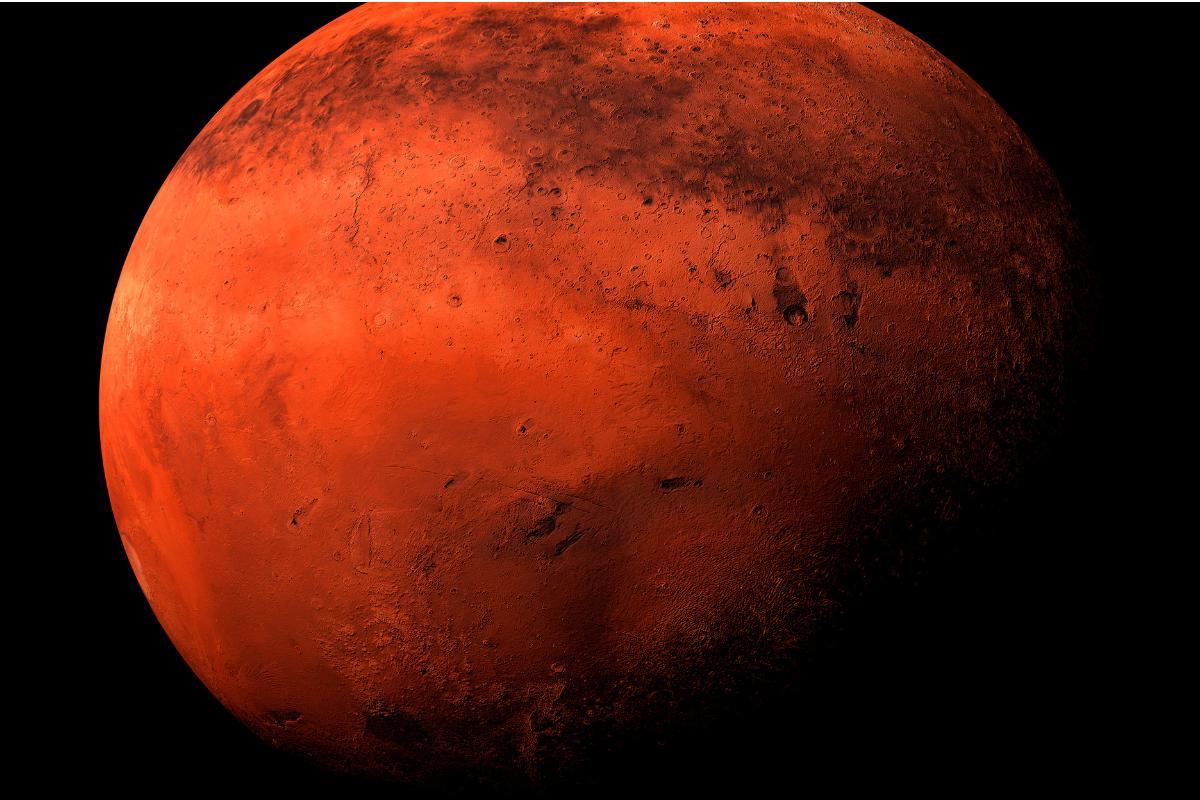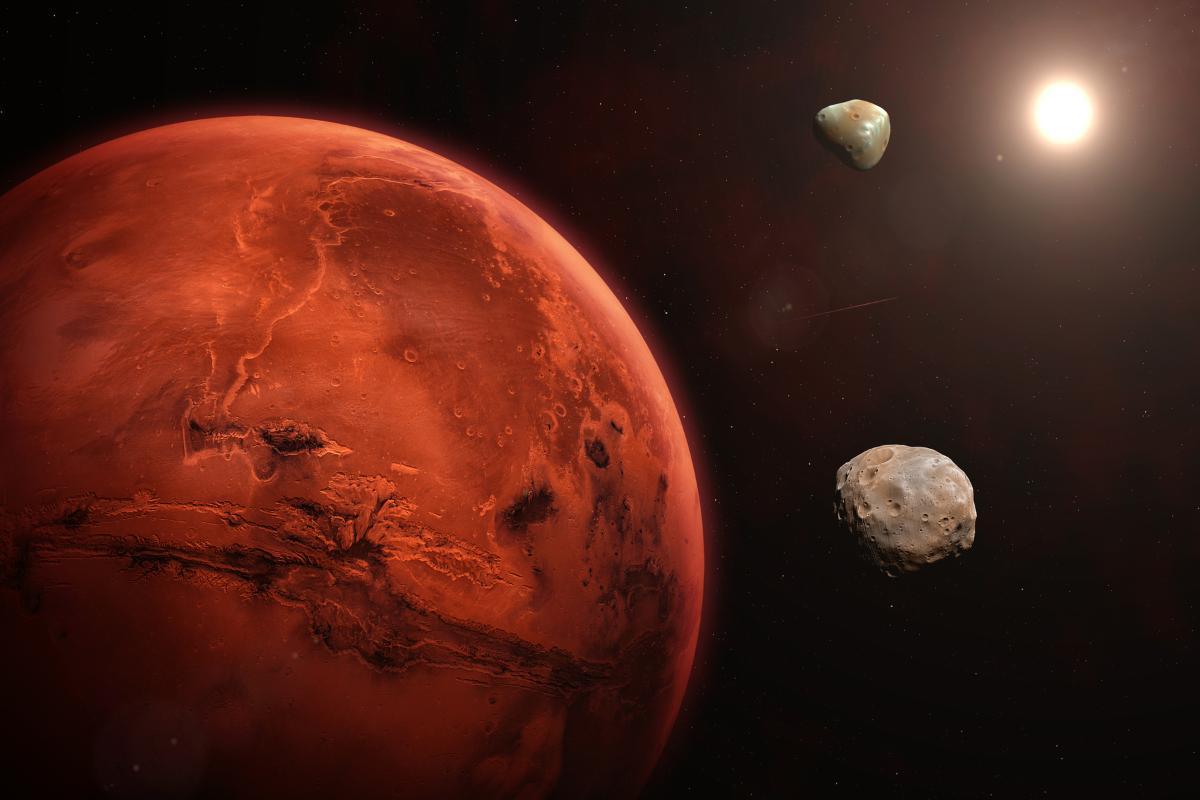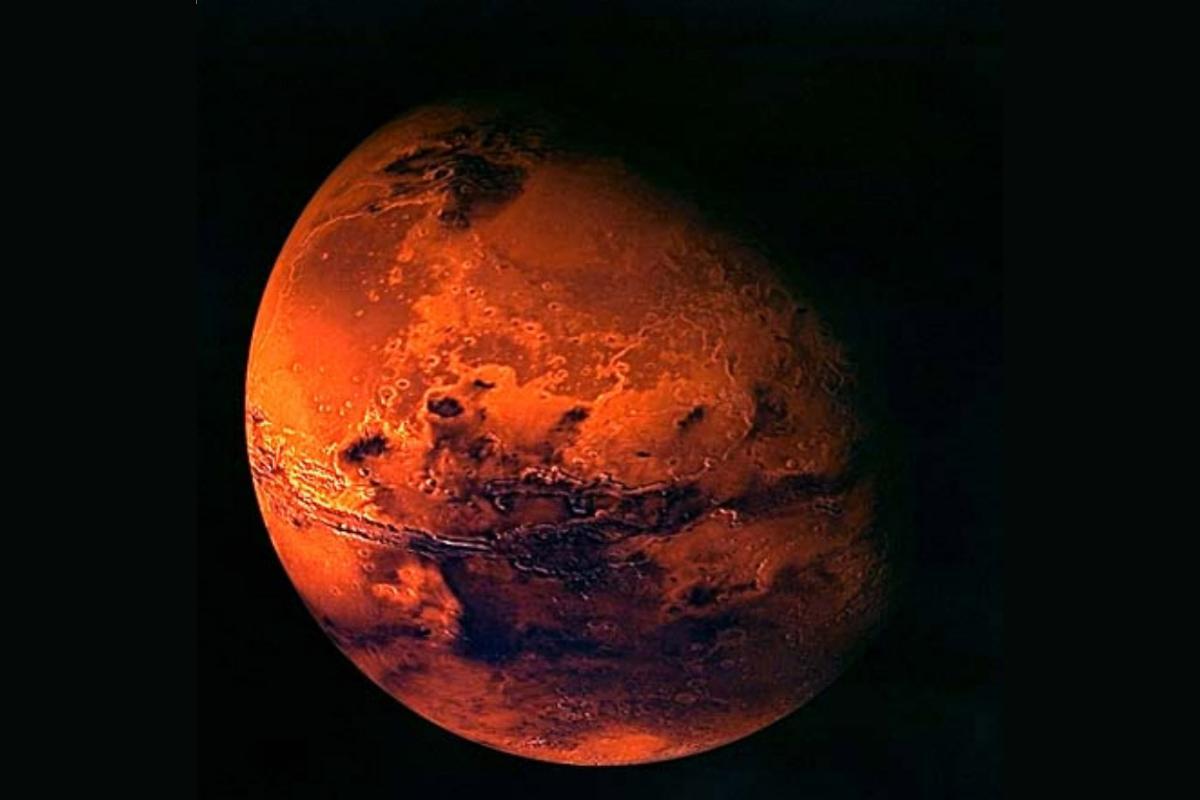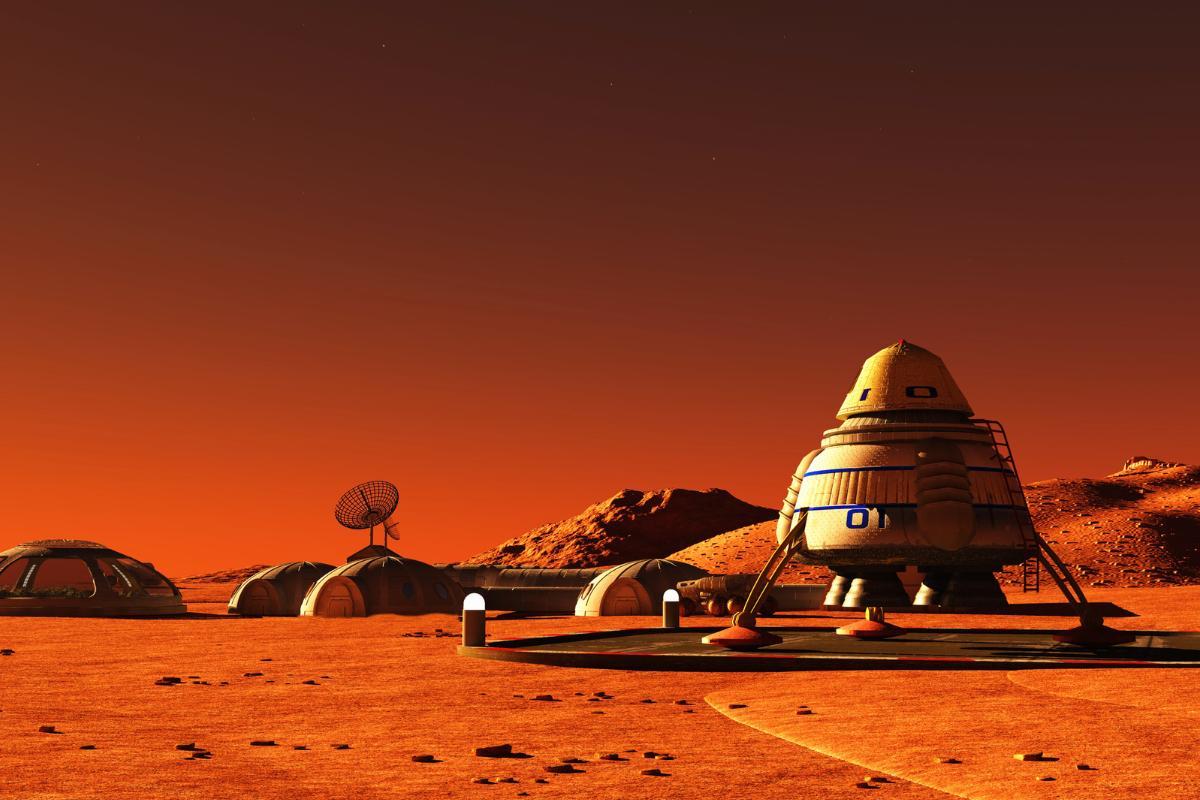10 Fascinating Facts About Mars


Mars is the fourth planet from the Sun in our Solar System and is often referred to as the "Red Planet" due to its reddish appearance, which is caused by iron oxide, or rust, on its surface. It's about half the size of Earth and has a thin atmosphere composed mostly of carbon dioxide. As our understanding of this distant world grows, so too does our fascination with its mysteries.
In this article by thedailyECO, we will delve into ten fascinating facts about Mars, providing insights into its geological formations, atmospheric conditions, and potential for past or present life.
- It was named after the Roman god of war
- It is home to the Solar System's largest volcano
- It has the largest canyon in the Solar System
- A day on Mars is close to one on Earth
- It has two small satellites
- Its red color comes from iron oxide
- Mars may have had oceans in the past
- Its atmosphere is extremely thin
- It's the primary target for future human missions
- Mars is a key target for studying potential life
It was named after the Roman god of war
Mars, the fourth planet from the Sun, was named after the Roman god of war, reflecting its striking red hue, which reminded the ancients of the color of blood. This association with war is also reflected in its ancient Egyptian name, "Her Desher," meaning "The Red One."Today, Mars is widely known as the "Red Planet" because its surface is covered with iron oxide, or rust, giving it a vivid, reddish appearance.
It is home to the Solar System's largest volcano
Olympus Mons, the largest volcano in the Solar System, is a caldera-shaped shield volcano that reaches an astounding height of around 22 kilometers (14 miles), nearly three times taller than Mount Everest.
Its base spans approximately 600 kilometers (370 miles) in diameter, covering an area of about 283,000 square kilometers, which is comparable to the size of Ecuador. This colossal volcano is situated on the Tharsis Plateau, a highland region that also features other notable volcanic formations, including Arsia Mons and Pavonis Mons.

It has the largest canyon in the Solar System
The Valles Marineris canyon, named after the Latin term for "Sailor's Valley," is a remarkable geological feature stretching approximately 4,500 kilometers (2,800 miles) in length and plunging to depths of up to 11 kilometers (7 miles).
It dwarfs Earth's Grand Canyon by being about ten times longer, seven times wider, and seven times deeper, making it one of the largest known fissures in the Solar System.
Want to learn more about the universe? Check out our deep dive into celestial bodies.
A day on Mars is close to one on Earth
One intriguing fact about Mars is that a single day on the Red Planet lasts 24 hours and 39 minutes, which is just a bit longer than a day on Earth. However, a year on Mars is nearly twice as long as an Earth year, as it takes about 687 Earth days for Mars to complete one orbit around the Sun.
It has two small satellites
Unlike Earth's Moon, Mars is orbited by two small, irregularly shaped moons named Phobos ("fear") and Deimos ("terror"). Phobos, the larger and closer of the two, is heavily cratered and has a rugged surface. In contrast, Deimos, while also cratered, features a smoother surface due to its craters being filled with regolith—fragments of rock and dust.
Dive deeper into Mars by uncovering the secrets of its mysterious moons.

Its red color comes from iron oxide
Mars is renowned for its distinctive reddish color, which is due to its surface being coated with fine grains of iron oxide, commonly known as rust.
The planet also experiences massive dust storms, driven by winds exceeding 150 km/h, that can envelop the entire planet and persist for weeks. This fine dust, sometimes referred to as "dust smoke," significantly affects Martian climate and atmospheric circulation, posing challenges for exploration missions.
Mars may have had oceans in the past
Data from the Mars Odyssey spacecraft's gamma-ray spectrometer indicates that Mars may have once had large bodies of liquid water, akin to oceans.
Currently, the planet's polar ice caps hold substantial amounts of frozen water. Each ice cap contains about 1.6 million cubic kilometers of water. If this ice were to melt, it could cover the entire Martian surface with an ocean approximately 35 meters deep.
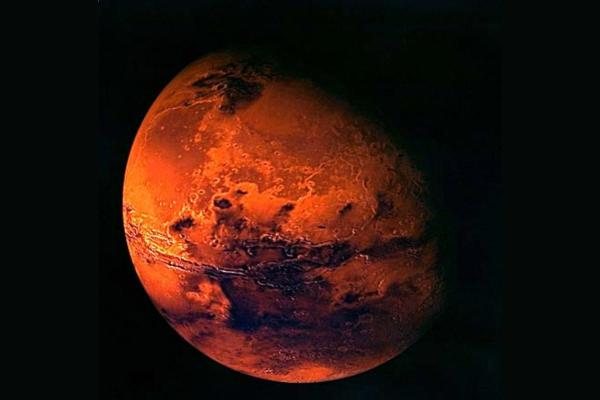
Its atmosphere is extremely thin
Mars has an atmosphere that is roughly 100 times thinner than Earth's. It is composed mainly of carbon dioxide (95.3%), with smaller amounts of nitrogen (2.7%), argon (1.6%), and trace gases. Oxygen makes up only about 0.13% of the Martian atmosphere.
This thin atmosphere, which traps very little heat, results in extreme temperature fluctuations, ranging from -113°C at the poles during winter to 0°C on the equator during summer. Interestingly, traces of methane were detected in 2003, a puzzling find since methane tends to break down quickly under Mars' harsh conditions.
It's the primary target for future human missions
As technology and space exploration continue to advance, Mars has become a leading candidate for future manned missions. Numerous space agencies, including NASA, are actively developing plans to send humans to Mars within the next few decades.
This ambitious goal could mark the beginning of a new era in space exploration, expanding our understanding of the Red Planet and its potential for human colonization.

Mars is a key target for studying potential life
Mars is viewed as the most promising planet for discovering evidence of past or present life. Although it is a cold, dry world with an average temperature around -65 °C and extreme seasonal variations ranging from -60 °C to -5 °C, and despite having a thin atmosphere mostly made of carbon dioxide, exploration has revealed significant signs that Mars was once a much warmer and wetter environment. This historical evidence makes Mars a key target for astrobiological research.
Mars has also been found to contain organic molecules, the building blocks of life. Furthemore, scientists have found evidence of ancient rivers, lakes, and possibly oceans on Mars, indicating that it once had liquid water, a crucial ingredient for life as we know it.
Mars has its mysteries, but Earth holds secrets too—find out about the oldest fossils in our related article.
If you want to read similar articles to 10 Fascinating Facts About Mars, we recommend you visit our Facts about Earth and the universe category.
- Center for Astrobiology (2017). Mars: Astrobiological Target. Zoé No. 4. Available at: https://cab.inta-csic.es/wp-content/uploads/2020/09/20171213132802.pdf





